When we think about global warming, extreme climate change, and the drought that engulfs our state and region, the poets among us may try to imagine what a future with almost no water would look like. It goes without saying that populations of every species, including our own, would be decimated. That sort of world might resemble the one depicted in Marge Piercy’s prophetic 1991 novel He, She and It. Piercy was writing about identity in a world ruled by cyber communication and in which the privileged few lived under great bubbles that protect them from a fouled atmosphere. The impoverished millions, forced to survive outside those bubbles, had no such protection. They spent their diminished lives serving their masters.
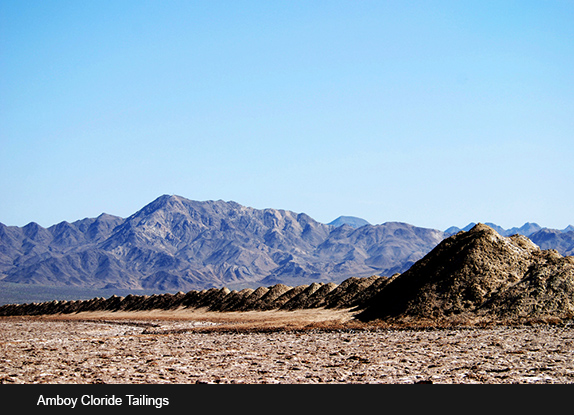
Nothing would lead more surely to a fouled atmosphere than a lack of our most precious resource, water; or a world in which water itself is fouled by runaway chemicals, dangerous gases, and corrosive ores. The “moonscape” might reveal a terrible beauty, but it would be unlivable.
We have such a landscape right here on earth. It is Death Valley, California, located within the Mojave Desert, near the Nevada border in Badwater Basin at the point of North America’s lowest elevation (282 feet below sea level). Less than 100 miles east-southeast from Mount Whitney, the highest point in the contiguous US, this dramatic juxtaposition of elevations speaks to us of a remote time when extreme upheavals in the earth’s surface exploded, contracted, and finally settled into the configuration we know today. A particular spot in the Valley, Furnace Creek, has held the record for the highest reliably reported air temperature in the world: 134 F on July 10, 1913. I say “has held,” because as our planet heats up other spots challenge that record, and these days it is hard to determine which one has registered the most intense heat.
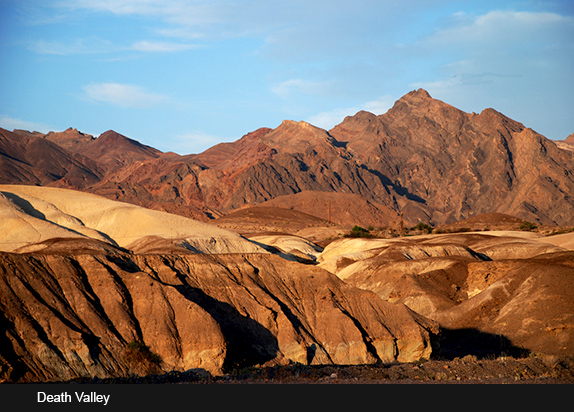
As long as Death Valley remains an anomaly, we can spend a day or two driving across its mysterious landscape, thrill to its unusual land forms, admire the brilliant ore-painted colors of its canyons, gaze at the shadows moving over its sand dunes, laugh at the bubbly little pockets of sulfur dancing across its salt pans, and even venture up into its far mountain reaches and make our way to a series of old stone charcoal kilns left over from Modock Consolidated’s late 19th century mining operation. Few visitors to Death Valley brave the narrow rocky road leading to these beehive ovens. After the lead and silver veins in the Panamint Valley’s Argus Range no longer produced enough to be profitable, the kilns went quiet around 1879. Today they are relics of perfect craftsmanship, memories of a long gone time.
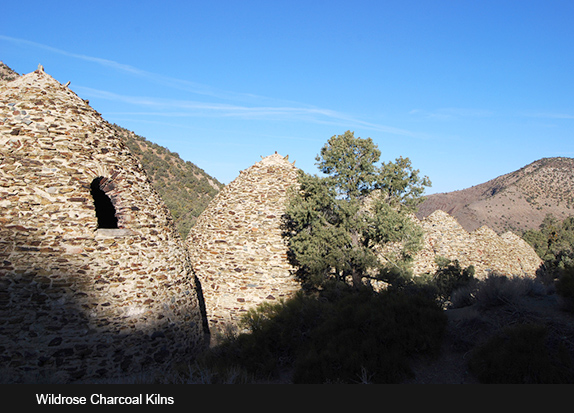
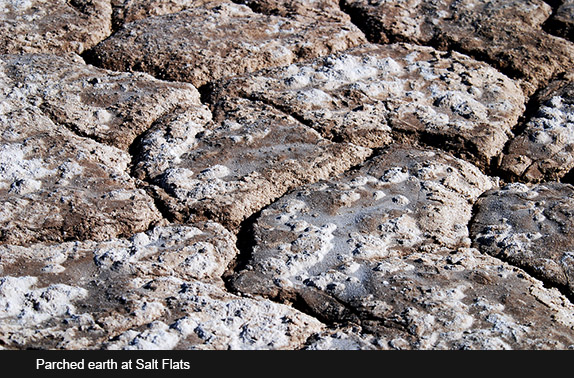
Death Valley has a subtropical desert climate, almost an oxymoron to the layperson’s ears. Its scant rainfall produces long hot summers and mild winters. Lower altitudes generally have higher temperatures where the sun hits the ground and heat is radiated upward, but as the air begins to rise it is trapped by the surrounding elevations and the weight of the air pressing down on it from above. This pressure traps heat near the ground, and creates wind currents that circulate the extremely hot air, distributing that heat to all areas, regardless of shade or other factors. This process creates Death Valley’s unique climate and geography. The constant interaction of rising hot air, cooling from the adjacent mountains, sinking cooler air, and reheating from the sun, creates cycles of circular motion, much like a convection oven. This preponderance of hot wind currents contributes to the Valley’s perpetual drought-like conditions. Even sparse rains (average annual precipitation is 2.36 inches) often fail to reach the ground, remaining in the form of virgas. Is this what we can look forward to throughout our country and world?
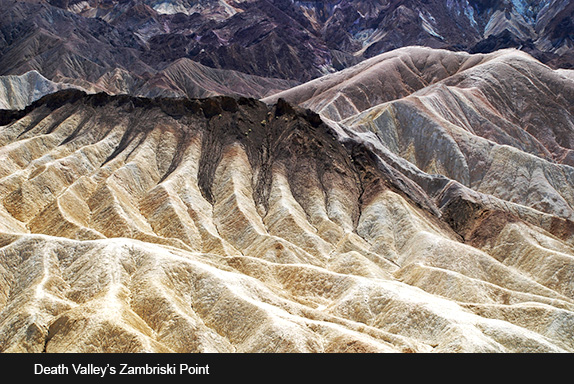
Across this vast National Park, and around its parameter, there are just a few signs of bygone human activity. One of the most interesting is the old Amargosa Opera House and Hotel, located at Death Valley Junction. The building still stands, proud and evocative as when live performances graced its stage, although today visitors fortunate enough to arrive on a day when a tour is being given must imagine the music and lights. New York artist Marta Becket staged dance and mime shows here from the late 1960s until her final performance in February 2012. The lone building, against its backdrop of desert landscape, is on the National Register of Historic Places.

The Amargosa wasn’t always so lonely. It was once part of a company town constructed in 1923-25 by the Pacific Coast Borax Company. The complex of Spanish Colonial Revival architecture style adobe edifices included offices, employee’s headquarters, a dormitory, and a 23-room hotel with a dining room, lobby and store. At the northeast end of the U-shaped spread of small buildings was a recreation hall used as a community center for dances, church services, movies, funerals and town meetings.
The Borax mines, like the lead and silver mines in the Argus Mountains, eventually ran dry. That was when Becket, frustrated by the New York art scene and looking for a home on the desert, rented the recreation hall and turned it into her opera house. She painted murals on the adobe walls and invited other talented friends from the east to join her in creating unique performances. For a while the place was an outlier of artistic activity that often played to an empty house. But features in National Geographic and Life Magazine brought outside attention. Ray Bradbury and Red Skelton were among a number of notable guests over the years. The site was featured in a few films, such as David Lynch’s Lost Highway. And in 2000 Todd Robinson made Amargosa, a documentary about Marta Becket and her hotel, which won a 2003 Emmy Award.
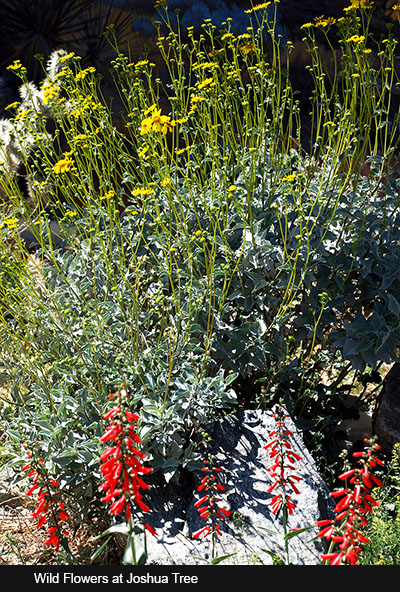
Hidden in the green oasis of Grapevine Canyon, in the far northern part of Death Valley, is gaudy Scotty’s Castle. Built by Walter Scott (known as Death Valley Scotty) and his friend Albert Mussey Johnson, it gives visitors a sense of the swinging 1930s. Something of a fantasy glimpse, it nonetheless draws tourists to its daily ranger-guided tours.
Death Valley is like tomorrow’s landscape here today. Existing, as it does, on the western edge of a country that can still count on breathable air, some amount of safe water, and arable land not yet completely destroyed by climate change, it is a place we can visit and then return to more a more hospitable environment. It is a National Park, not home. We can photograph its strange beauty, pick up tidbits of information about why and how its violent minerals paint the earth a thousand hues, and retire for the night at one of the lodgings within the Park. There are Stovepipe Wells Village and Furnace Creek Ranch, both of which offer reasonable rooms and camping accommodations; and Furnace Creek Inn for those who want to upgrade to something more elegant. The latter also has a wonderful restaurant, worth a meal if one wants to splurge in the midst of such a fairytale world.
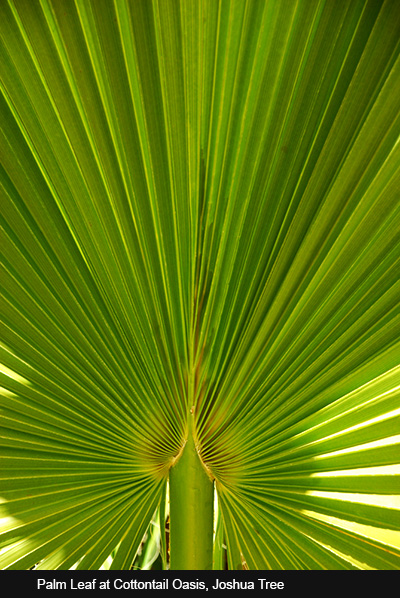
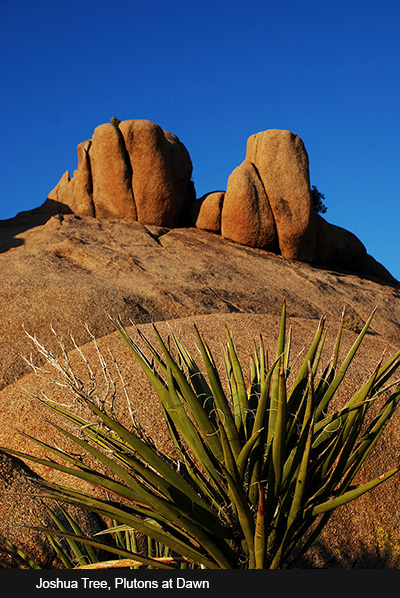
South of Death Valley is another fascinating landscape, Joshua Tree. If you travel to one, you definitely should not overlook the other. Joshua Tree gives new meaning to the term “oasis.” A series of spring-fed areas dot the otherwise desert landscape, hosting stands of date palms and fields of wild flowers. Spring, particularly if it has been a wet spring, brings the flowers out in all their glory. Joshua also features areas of amazing rock configurations called Plutons, some of which are popular with climbers who come from all over the world to set up their belays or free climb. Tourists provide a fascinated audience.
Joshua Tree is adjacent to a military base, and there is a permanent population of some seven or eight thousand inhabitants. A few interesting accommodations exist for visitors. A visit to Joshua followed by one to Death Valley is like a journey through climate change evolution: from a time when natural water sources still provide habitat for wild animals and support the beauty of vegetation, to one in which only earth’s skeletal bones remain.
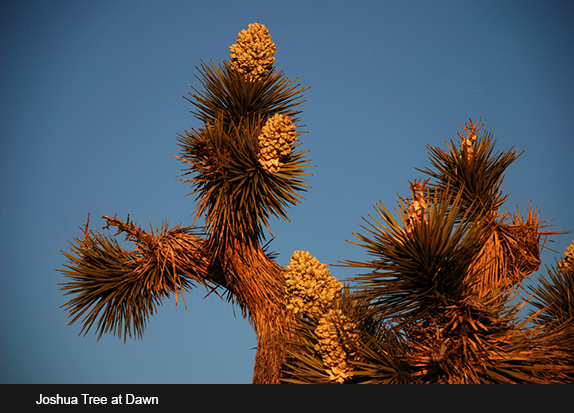




Responses to “Friday Voyage: Death Valley”